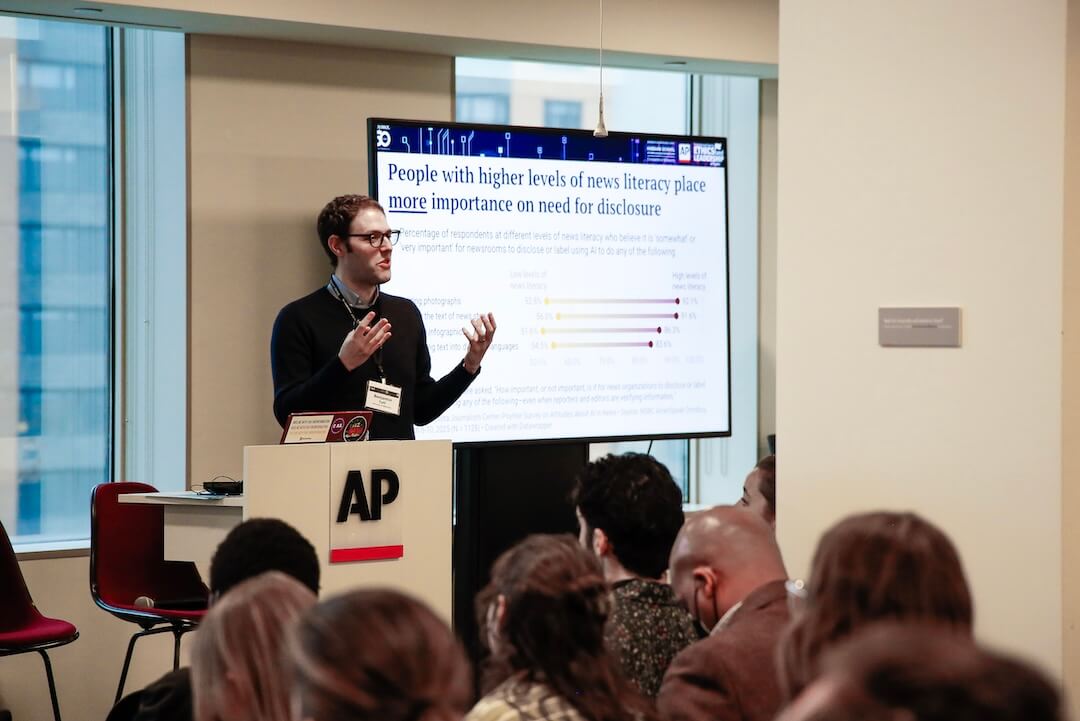An idea to capture casual news subscribers got a major push today, with Gannett becoming an investor in the consumer subscription service Scroll.
The company also announced it has signed up outlets such as MSNBC, the Atlantic, Slate and Fusion Media Group for the service, in which readers pay monthly for a faster-loading, cleaner, ads-free news experience.
Scroll will be launched in the second half of the year, enabling readers to sample sites roughly as Spotify does for music, said Scroll CEO Tony Haile. Subscription services and micro-payments have tried and failed before, but news executives taking part in this experiment say several factors, such as the shift from advertising to subscription revenue, make Scroll a better bet.
Unlike Facebook’s Instant Articles, MSN.com or Google’s AMP, the stories will be from each site. The service will cost $5 month, with proceeds divided among contributors based on metrics such as attention time and loyalty to particular sites, says Haile, a founder of the premium analytics firm Chartbeat. Scroll investors include The New York Times, News Corp and Axel Springer. Terms of the Gannett investment were not disclosed.
Haile says his company has spent more than a year working out the funding formula and ability to serve such fast-loading content to a range of media companies, from traditional news outlets (the Philadelphia Inquirer), to digital giants (Business Insider) to niche sites (Slate, Talking Points Memo) to video-driven sites such as MSNBC or Fusion.
The promise is a better experience for subscribers: no pre-rolls on video, no pop-up ads. The hope is that it will attract a share of the 95-98 percent of users on sites who do not currently subscribe, paying a publisher more per reader than current digital advertising does.
For the Fusion Media Group, which runs sites such as Lifehacker, Deadspin and Splinter, Scroll is more of an opportunity to improve the experience of some of its users. It’s part of a multi-pronged effort at reader service as well as commerce, says Ryan Brown, Fusion’s senior vice president of business development.
“We have an unbelievably loyal fan base,” Brown says. “This is the kind of thing that a percentage of our users will really like.’’
Publishers are focusing more on metrics such as time-spent and readers returning to their sites as other efforts — such as gaining regular readers from Facebook — have diminished over the past year.
“There’s been an overall shift toward subscription dollars and away from advertising dollars. The moment might be right, for that reason,” David Stern, Slate’s vice president of product and business development, says of Scroll. “People are more interested in different revenue sources now, and not as focused on owning the whole pie. … There’s a sense that your success won’t come at the expense of our success.”
Haile agrees that publishers’ notions of competition have shifted.
“For the New York Times, the companies that affect their business models now are not publishers like the Washington Post. It’s Facebook and Google. In fact, the New York Times needs other traditional publishers to thrive.”
Previous cross-site service efforts, developed by journalists, were focused on getting readers past a paywall, something that very few non-journalist readers experience, Haile says. Scroll is focused on casual readers who may not be ready to subscribe at the moment. If an improved user experience builds appreciation for one site, and the reader then hits a paywall, Scroll offers a one-step ability to subscribe to that publication as well.
All articles that a reader would normally get would be on Scroll, in a way that looks very similar to each site, Slate’s Stern says. “It’s like TiVo when you skip through the ads,” Stern says. “Or you’re wearing glasses that make everything a little more special, by focusing on the reader experience.”
Readership studies show that removing obstacles to viewing — such as those pop-up ads or load time — leads to more consumption of stories.
All regular articles will appear on Scroll. Certain podcasts or enhanced features appearing on premium subscription plans, such as the $49-a-year Slate Plus membership, will not.
Slate’s Stern started talking with Scroll in October. Once determining that it wouldn’t cannibalize its Slate Plus program, Slate saw Scroll as a way to open up Slate articles to a broader Scroll audience.
“The thing that makes sense about this,” Stern says, “is that they structured this the way we would have done it if we were building this.”
RELATED: The man who kept editors glued to Chartbeat wants to help them keep the lights on






